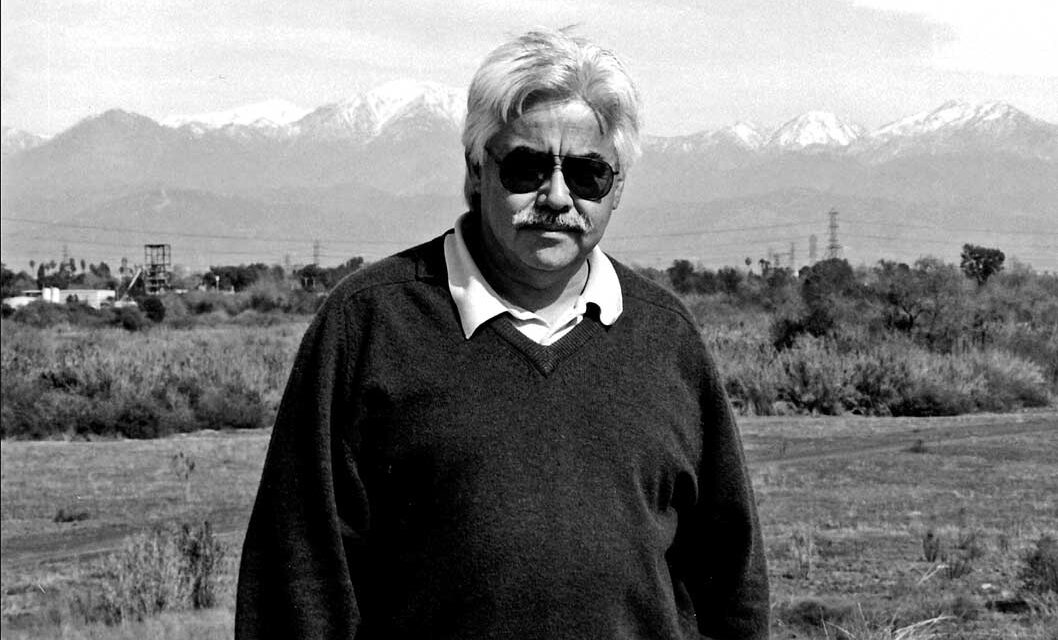By Chon A. Noriega, Director
Chicano Studies Research Center University of California, Los Angeles
Oscar Castillo’s extensive photographic work documenting the Chicano community over the past forty years offers a distinctive visual challenge to the stereotypical representation of East Los Angeles as violent or exotic. It does so by maintaining a calm, almost matter-of-fact gaze on everyday barrio life, the post-urban renewal landscape, and the cultural practices and political events that redefine public space. Castillo was born in El Paso, Texas, in 1945 and developed an interest in photography at a young age. His parents always encouraged him to pursue the arts, but it wasn’t until Castillo arrived at San Fernando Valley State College (now California State University, Northridge) in 1969 that he received formal training in the medium. Yet, it was the activity emanating from the school’s newly formed Chicano Studies Department-one of the first in the nation—that got him shooting. Motivated artistically and identifying politically, Castillo photographed Chicano protests, parades, and ordinary public life in what proved a period of profound social and political upheaval. The result is one of the richest photographic collections available of the Chicano civil rights movement.
Castillo’s images reflect his keen awareness of the relationship between a subject and its environment. It is this texture, combined with his masterful sense of timing and composition, that makes Castillo’s photographs examples of both photojournalism and art photography. Whether the subject is people on the street, political figures giving speeches, or emerging media figures, Castillo’s extensive documentation reveals contrasting views of a multigenerational community becoming more
visible








